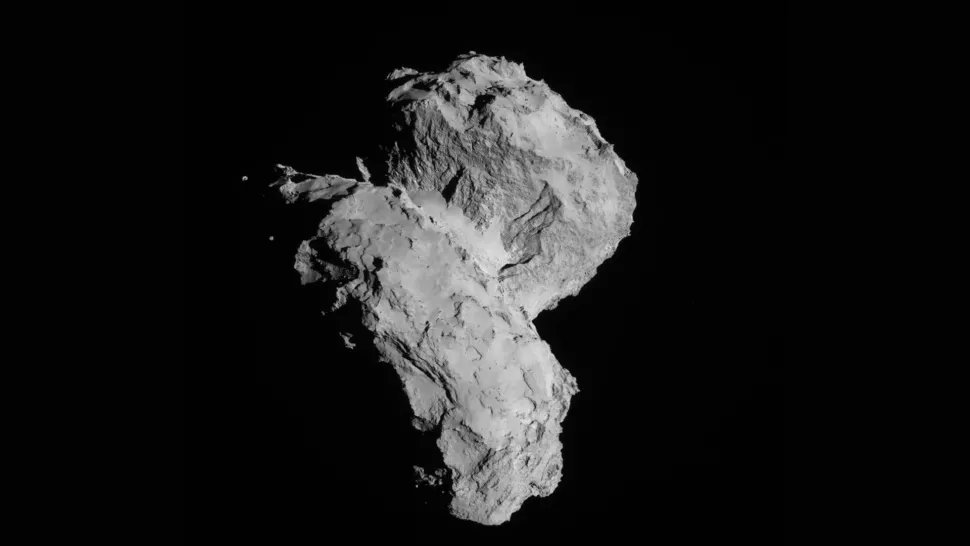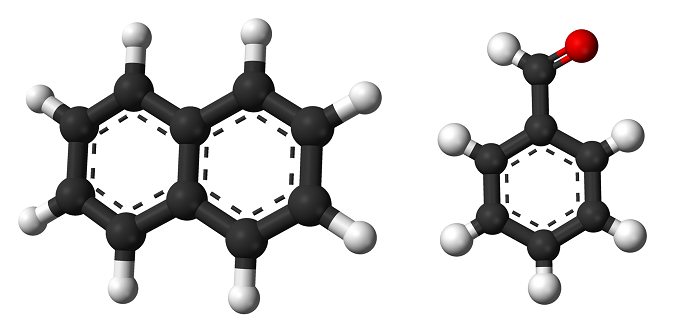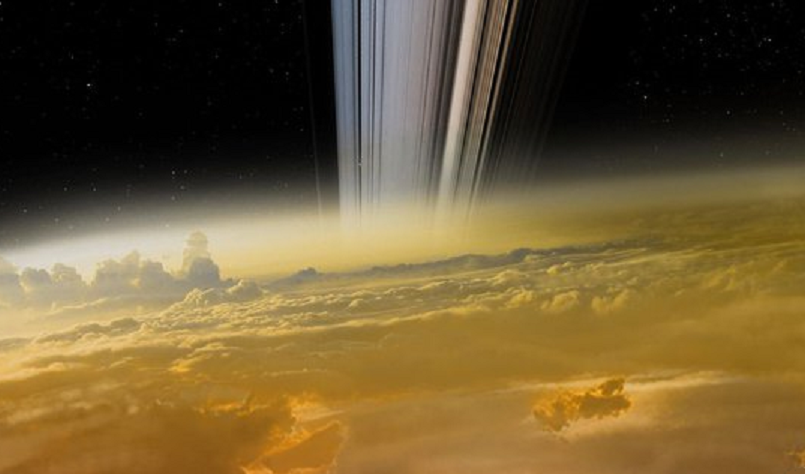Almost six years ago, the Rosetta spacecraft crashed into nucleus of the comet 67P/Churyumov-Gerasimenko, successfully completing its 12-year mission. While performing it, the automatic probe collected a huge amount of scientific data, which experts will analyze for many years to come. Some of their findings are really poignant.
Scientists have known for a long time that organic substances are present in cometary nuclei. They even reasonably suspected that it was comets, falling to the Earth, that seeded it with molecules that later became the basis for the emergence of life. Previously, it was believed that the nomenclature of such compounds was not very large being limited to fairly simple molecules such as methane or acetic acid. In fact, their diversity turned out to be much wider.

The team of scientists, including specialists from the University of Bern in Switzerland, used data obtained by the Rosetta probe between 2014 and 2016, when it was in close proximity to the Churyumov-Gerasimenko comet. In this data, they managed to find, in particular, naphthalene, a substance with a characteristic smell, which is used in everyday life to repel insects. Its molecule includes 10 carbon atoms that form two six-atom rings with one common “side”. It is one of the products of carbon and oil processing.
Another known compound found in the comet nucleus is benzaldehyde. Of all the substances smelling of almonds, it is the least harmful to humans, and therefore is widely used as a flavoring and aromatic additive in perfumery and cooking.

Other, not so “odorous” molecules turned out to be no less interesting. For instance, formamide HCONH₂ is present on the comet. It is an important link in the synthesis of more complex substances that are the basis of life — for example, amino acids.
It should be noted that all the mentioned substances were detected by the ROSINA mass spectrometer without landing on the core — exclusively in the erupted gases. This may mean that their concentration in the cometary substance is quite high. They are released from there when the comet comes close enough to the Sun to heat up to temperatures well above zero Celsius. This allows heavier and larger molecules to evaporate and desorb from the surface of dust particles.
The scientists also noted that some of the organic compounds present on Churyumov-Gerasimenko comet had previously been found in meteorites — fragments of certain types of asteroids that fell to Earth. As for asteroids, it is commonly believed that at some stage of their evolution there were conditions favorable for the synthesis of more complex organics from simpler molecules. Now it becomes clear that similar processes took place on some comets as well.

In addition, astronomers received a possible answer to a question posed by the team working with the Cassini apparatus during the analysis of data from the ring system of Saturn. The fact is that it consists mainly of water ice, and the material falling from the inner ring into the planet’s atmosphere contains a lot of organic material, similar to that found in the Churyumov-Gerasimenko comet. Most likely, collisions between ring particles at high speed cause them to heat up and release complex organics.
According to the materials of www.space.com
